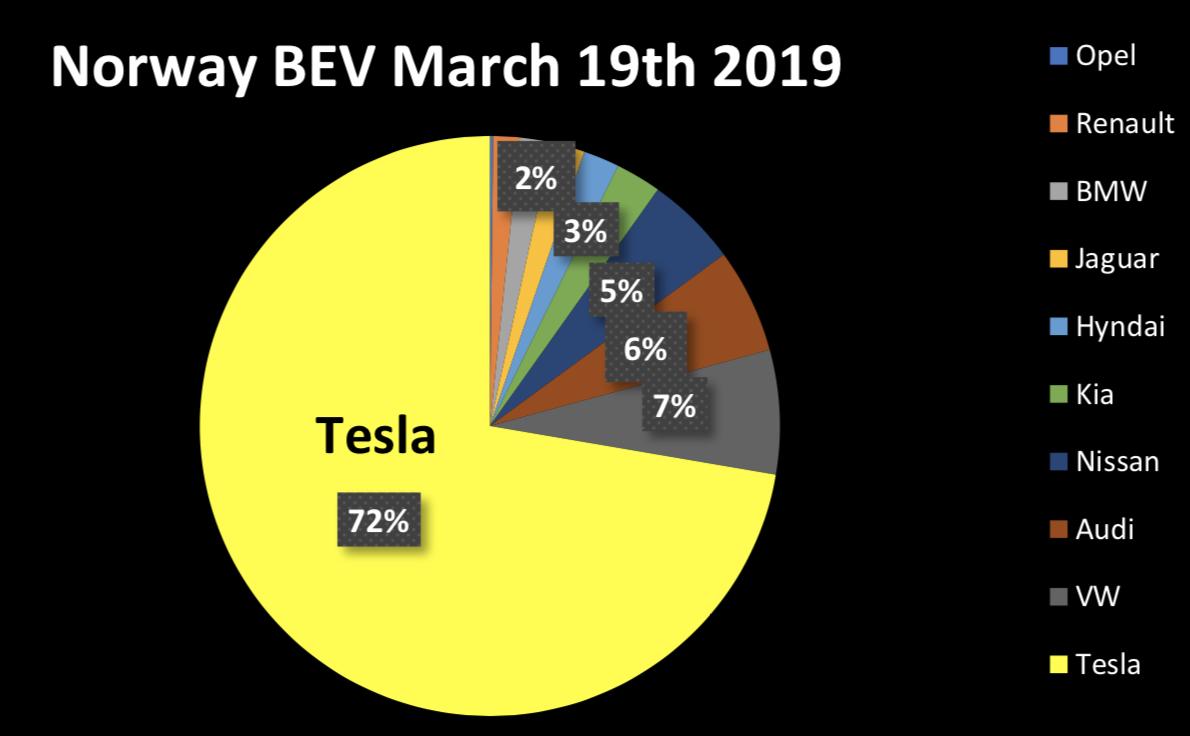gesingle
Member
DaveinOlyWA said:gesingle said:lorenfb said:Congrats and welcome to MNL.
I was at a Nissan dealer this past week considering a 2019 SV (no Pro), but the lowest on a 3 yr was $3K plus $350/mo.
They indicated that in the next few weeks they might have a Plus. I'll wait and see how the 2019s sell and how motivated Nissan
is to "move" the 2019s this summer.
I've been a little concerned that the LeafSpy app might not communicate with the 2019 Leafs. Are you aware of the LeafSpy app
that runs on iOS & Android? It can provide a lot info on the Leaf's battery. There's a free version for download. You might consider
downloading the app and providing MNL some battery data about your new Leaf.
I downloaded the latest iOS LeafSpy Pro from the Apple store, version 1.7.38. OBDII scanner is an LELink 2 for Bluetooth. It connected right up and seems to be working fine. The Model Year settings had dropdowns for 2019 and battery size 60 kWh (not 62, but close enough). I'm still tinkering with it, but once I get some good logs I can post some data such as the SOC at the knee requested by DaveinOlyWA. Is there other data that some might find useful?
Awesome!!
Yeah, add anything that seems interesting. Ahr would be good. kwh available at full charge. GIDs at full charge.
Here are some LeafSpy readings during and after a topping off charge. This is with an L2 charger.
Just before current ramp down (knee):
SOC = 97.57%
GIDs = 759
Volts = 403.6
Pack Amps = 15.0
OBC Out Pwr = 5.9 kW
At end of charging:
SOC = 98.6%
kWh = 59.4
Ah = 173.37
Volts = 403.5
Temp = 67.3F (max)
GIDs = 767
230.2 Miles -> 5% @ 4.0 mi/kWh

